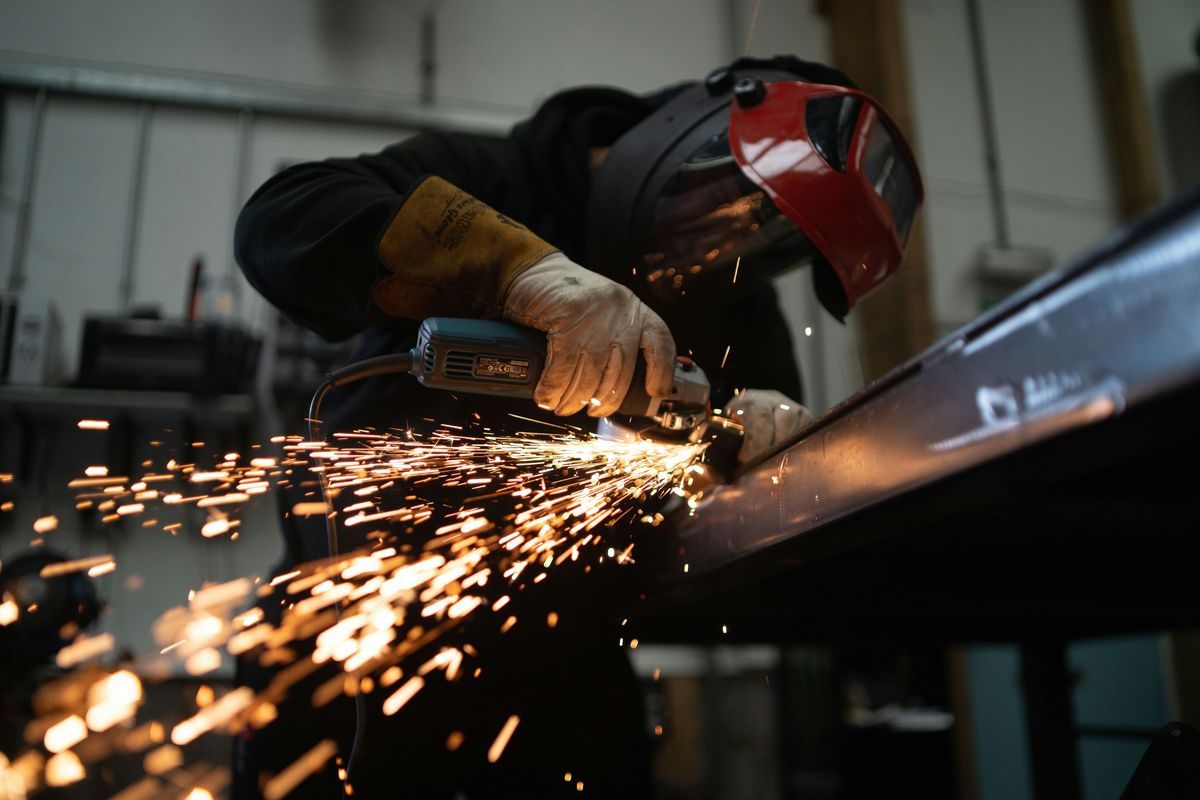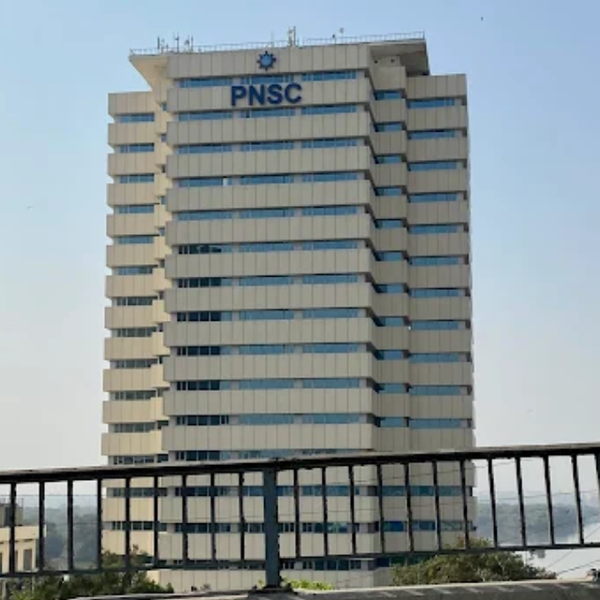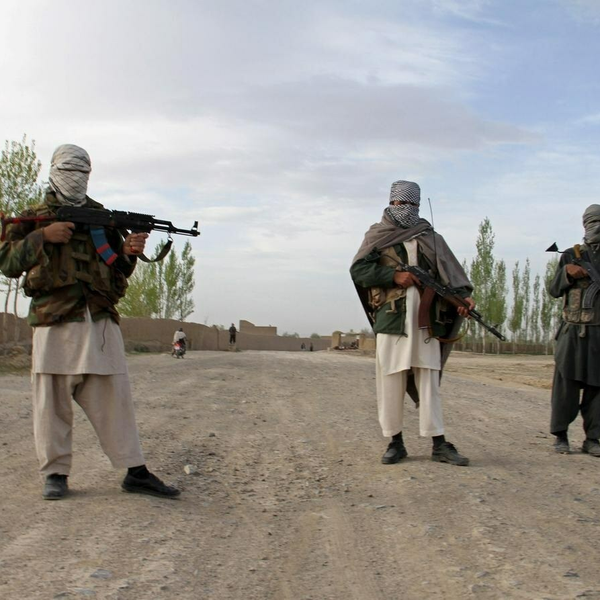Pakistan’s large-scale manufacturing rebounds 9% in July
Automobiles, cement, and garments drive industrial recovery, though capital goods and intermediate sectors continue to lag

Haris Zamir
Business Editor
Experience of almost 33 years where started the journey of financial journalism from Business Recorder in 1992. From 2006 onwards attached with Television Media worked at Sun Tv, Dawn Tv, Geo Tv and Dunya Tv. During the period also worked as a stringer for Bloomberg for seven years and Dow Jones for five years. Also wrote articles for several highly acclaimed periodicals like the Newsline, Pakistan Gulf Economist and Money Matters (The News publications)

Pakistan’s large-scale manufacturing (LSM) sector posted a strong recovery in July, growing by 9% year-on-year and 2.6% month-on-month, according to provisional data released by the Pakistan Bureau of Statistics (PBS). The rebound was driven by a combination of low base effects, rising domestic demand, and sector-specific gains across key industries.
The LSM Index climbed to 115.68 points, up from 106.14 in July 2024 and 112.75 in June this year, marking a return to growth momentum after a sluggish fiscal year.
Key drivers of growth
Analysts attribute the resurgence to robust performance in select industries, including:
- Automobiles: +57.8% YoY
- Garments: +24.8%
- Cement: +18.8%
- Petroleum products: +13.2%
- Furniture: +86.8%
- Other transport equipment: +45.8%
These sectors were supported by easing interest rates, improved credit availability, and relatively stable energy prices, despite still being elevated.
“The July numbers suggest that industrial recovery is gaining traction, particularly in consumption-linked and construction-allied sectors,” said an analyst. “While the low base effect played a role, the sequential month-on-month growth and improved business confidence indicators point toward genuine underlying momentum.”
Sectors facing contraction
Despite the broader recovery, several industries posted declines, weighing on the overall index:
- Machinery and equipment: -22.8%
- Beverages: -6.2%
- Iron and steel products: -3.7%
- Chemicals: -2.6%
- Fertilizers: -1.6%
“Declines in capital goods and intermediate inputs hint at uneven recovery and highlight continued challenges in investment-driven sectors,” he said. “This could be a lagging response to prior quarters of contraction and uncertainty around policy continuity.”
Broader economic momentum
High-frequency indicators such as cement and automobile sales, private sector credit, and imports of machinery and intermediate goods also suggest renewed economic activity heading into the second half of FY25. LSM grew by 3% YoY in Q4-FY25, reversing contractions seen in earlier quarters.
However, the outlook for FY26 remains clouded by recent floods, which have caused damage to Kharif crops and disrupted supply chains, potentially dampening both manufacturing and services sector activity in the short term.
In its latest Monetary Policy Statement, Pakistan's central bank revealed that while Rabi crop prospects have improved due to expectations of better post-flood yields, overall real GDP growth for FY26 is now projected to hover around the lower end of the 3.25% to 4.25% range.







Comments
See what people are discussing